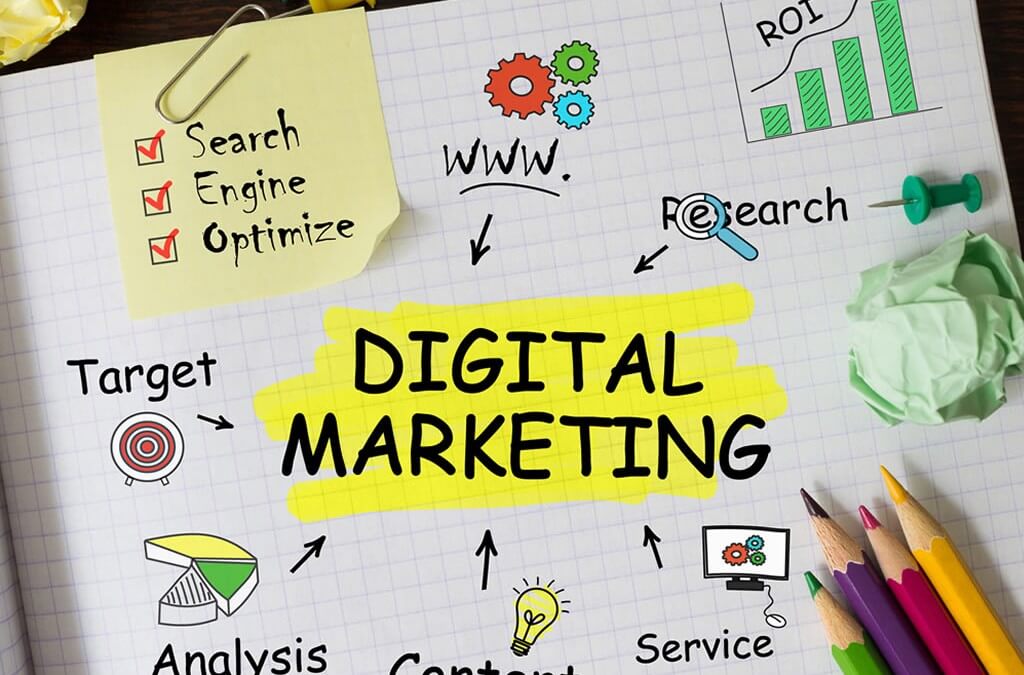It’s no wonder why WordPress is the choice of CMS for so many site owners and bloggers. It is easy to setup, has a fantastic choice of high quality themes and some pretty impressive plugins to handle your SEO.
And this is one of the issues – the SEO plugins can actually draw your focus away from what Google really wants – amazing content and a great user experience!
This isn’t to say that you shouldn’t perform best practice with your on-page SEO though, because you really should. You need to ensure that you have all best practices covered in terms of naming conventions, page titles, friendly URL’s and meta descriptions – but this really is just the tip of the iceberg and in reality, these alone won’t help you plough your way up through the SERPs.
Anatomy of a page
It’s important to understand that Google splits a page up into two primary areas. These are primary and supplementary content. In Google’s own words, these are:
What this means, is that Google expects to see both elements and will make a call as to where these are located. With the quotes above having been taken directly from the Google Quality Raters Guidelines, you can be sure that this now plays a part in how a page is scored.
DO…
- Write amazing main page content
- Feature related content on your site
Supplemental content could be a side or footer link to an article related to the main focus page. If you run an on-line shop, this could be links to other related products.
Google says that the easiest way to identify supplementary content is to look at the parts of the page that are not the main content or adverts.
Page Quality Scoring
As you probably know, Google scores pages based on a very wide range of factors (into the hundreds and thousands), but for the most part you can see how your page stacks up by seeing if your pages meet these suggestions.
High quality pages should exhibit at least one of the following primaries:
- A satisfying amount of high quality main content.
- This is one of the most important areas of focus for Google when rating the quality of a page.
- Your site and page are E.A.T (Expert, Authoritative & Trustworthy).
- Is the page expert enough to be authoritative and trustworthy on the main subject?
- Your site has an existing good reputation for the page topic.
- If your site is already considered to be E.A.T, this might be enough to be granted a high rating without extra work.
In addition to already meeting one of the primary focus areas, the site and page should meet most of the following:
- A satisfying amount of more general information.
- This would be anything that gives additional information about the site or business (About Us page) or good contact options, for example.
- A better user experience through additional supplementary content.
- Something that can help page visitors find additional related material on your site is considered useful, might help increase your page score.
- A page design that allow for ease of use and navigation.
- Don’t clutter your pages. Make good use of whitespace to help aid visual navigation and ensure your main content is seen as soon as the page is loaded.
- A site that is updated when required.
- No-one wants to visit a webpage that carries out-of-date information and Google don’t like it either. If you have data that refers to something a number of years ago, check it and update it.
There tips will help you to quickly and easily identify key focus points that Google uses as part of their page scoring. What you can take away from this, is that Google is focusing heavily on quality content and usability.
Bad content vs Great content
So we have identified that Google really wants the very best experience to deliver to someone when they search for something, both from a content and usability point of view. This should come as no great surprise.
What makes bad content?
How did you research the subject of your page? Did you copy what someone else wrote and then just added your spin to it? Did you take segments from various sources and add them altogether in the hope that it might be seen as unique? Did you gloss over important points just to get the page copy out in a rush?
You can probably look back at your content and decide that if you were a potential customer, would you be interested to read what is here?
Look at the following points and see how you would evaluate your page.
- Does the content make the page more credible?
- How is it presented?
- How long is it?
- Does it answer a question?
- Is it padded out just for SEO?
Generally, a bad page is rushed. It doesn’t send clear messages and tends to read like a lot of filler text is added just to fill in the gaps. These pages are normally associated with sites that carry little or no credibility in the eyes of Google.
If you can see elements of the points above on your site, you would be well advised to take action, otherwise you might be chasing your tail with your SEO. No amount of clever page title crafting or keyword use is going to change the quality of your pages.
What makes great content?
As you might expect, this is going to be the polar opposite of what makes bad content, well, bad.
Let’s look at those points above in a little more detail.
Credibility
This isn’t something that is going to happen overnight. Credibility is something that is earned over time by someone who is knowledgeable on a subject. The site will probably publish in-depth research or studies into the subject and have this shared by other professionals in that field.
However, credibility comes in different guises and if you are an online shop that sells children’s toys, then trust is probably going to play a bigger part than expertise will.
Evaluate your site and decide what level of credibility is required for what you have to offer. Build a credible site and brand that people trust.
Presentation
The cornerstone to any good site is somewhere that people feel happy visiting.
When someone lands on your site, the first thing they are going to do is quickly scan around with their eyes. They aren’t going to launch straight in to the content and start reading without getting some sort of a feel first. The fact is, if someone isn’t comfortable on your site, they probably aren’t going to stay.
Your site design is going to play a huge part in building the trust you need to keep visitors on your site and to engage with them. Build your site based on the message you want to relay and how you wish it to be viewed.
Don’t clutter your pages with obscure images or so many different messages that there is no focus. You want to give the eye something easy to latch on to – large fonts and headings that relay a particular message inviting someone to click a link or read about a product, often help.
Keep your navigation simple but descriptive and any links to other articles well tagged so that someone knows exactly where they are going. Don’t try and be deceptive with what you are saying or offer false promises. This will see people leave and Google might even penalize you for it. No-one likes deception.
Keep your fonts large enough so that they are easy to read, but not so large that they dominate the page. The use of small font sizes can make your site look uninteresting and too hard to read.
Questions answered
There is a widely recognised view that Google is looking for sites that answer questions – this can actually translate to any site and pretty much any query.
If someone searches for “Latest DVD releases”, what they mean is “show me the latest DVD releases” or perhaps “Where can I buy the latest DVD’s”. Whatever the intent of the searcher, you need to make sure that your pages answer the questions that are being asked.
If the intent when searching were “Where can I buy the latest DVD’s”, the answer to that would be “Here is a list of the latest DVD’s we have for sale”.
Do your pages answer the questions being asked?
Page Length
This is something that is often debated and while longer articles carry a greater chance of being shared socially, that might not be what you are aiming for. Longer isn’t always better in the world of content!
An e-commerce site would be expected to carry a certain level of information that is quickly read, laid out in easily-digestible bit-size snippets and offers a very quick way to allow for a sale. More detailed information on the product is usually hidden behind a tab or pop-up.
If this were applied to a site where you were announcing a new technical product, then you would probably lose traffic.
The pages on your site need to be long enough to answer the questions of those searching by providing the expected amount of information.
Look at what others do in your niche. How are they winning?
Testing
Let’s assume your site is in full swing but conversions are down. The best way to tackle this is by performing some split testing (A-B testing) to see what changes convert the best for you. However, you might not have the time or budget to do this, so you could always consider a service like Feedback Army.
This inexpensive service utilizes Amazon’s Mechanical Turk , and allows you to ask up to 6 questions of reviewers from the USA, Canada, Australia and the UK. These questions can be anything you like, but it is best to ask specifics like “Do you feel like you trust this site?” or “What is the first thing you see when the page loads?”.
This can be invaluable when trying to gather ideas of how your site is perceived by others. It can be a real eye opener.
Of course, this is only the tip of the vast iceberg that is Google and what they want to see from a website but it will hopefully show you that there is much more than just the SEO basics at play. The content and usability of your site will play a huge part in allowing Google to form an opinion of what you do, so spend more time on showing you know what you are talking about and that your focus is a satisfied visitor.
If you enjoyed this post, check out others on the blog that address search engine optimization including How Video Can Help your SEO and How to Get a Free SSL Certificate.






This is a very good article. I enjoyed reading it. Great points – thanks for sharing!
Thanks guys – it was a fun article to produce 🙂
Very precise and to the point. Liked the way you made it short and covered the most important points. Nice read.
cracking article andy – thanks
Thanks for this ebook of an article Andy, mush appreciated. It has always astounded me the amount of time spent on setting up an SEO plugin and discussing which one is best when in truth, the focus should be as you say – on content. I will share and share this article for a long time to come. Bravo!